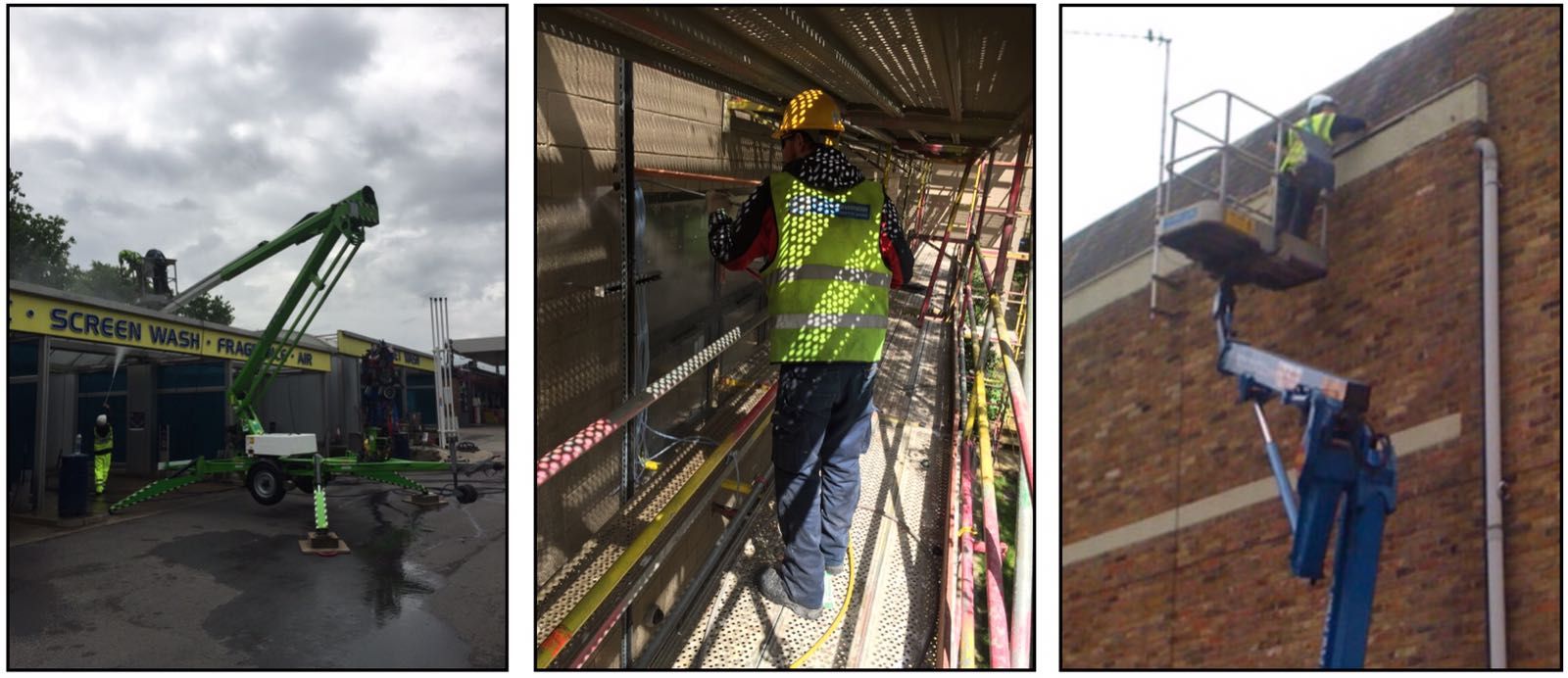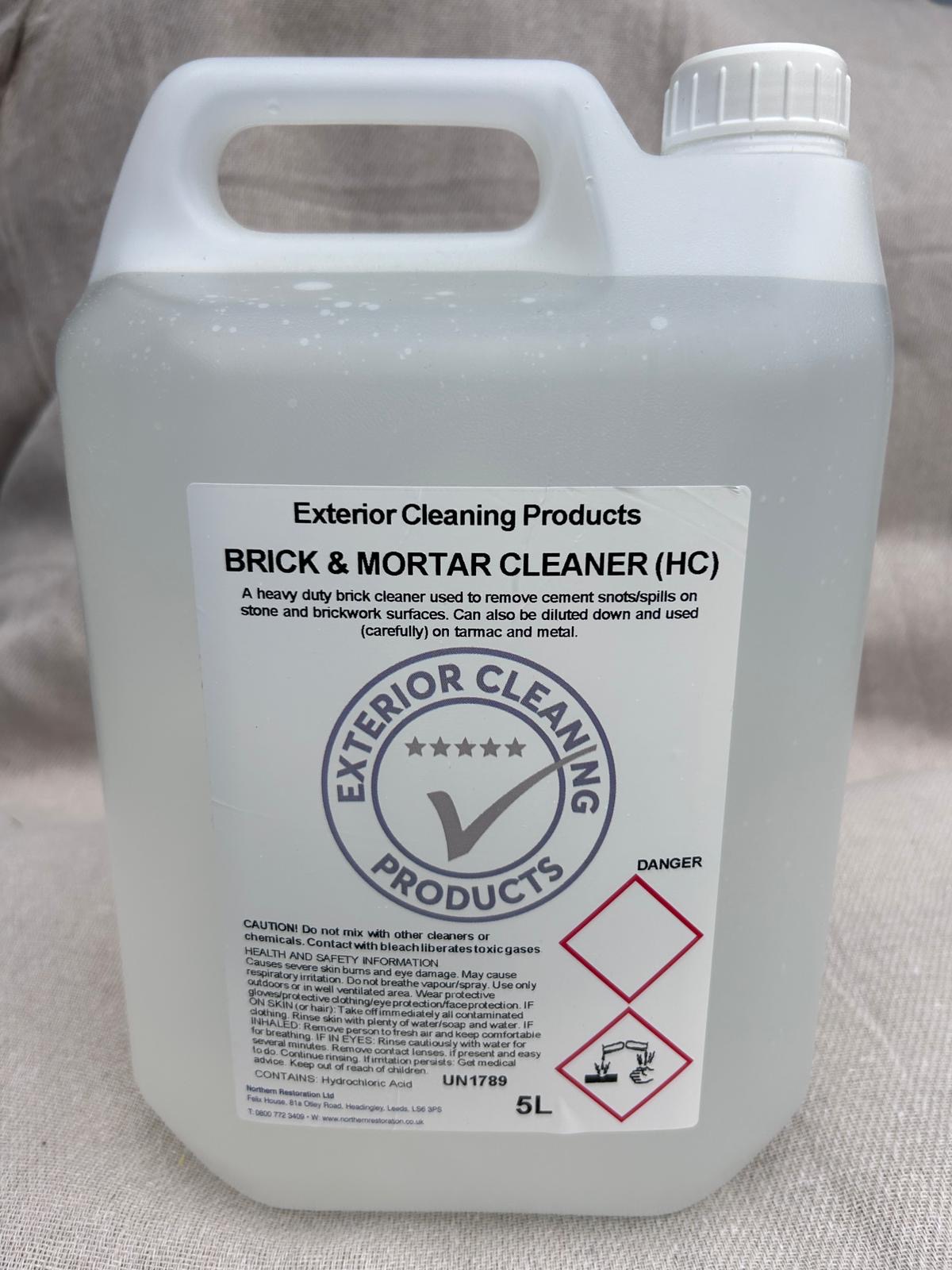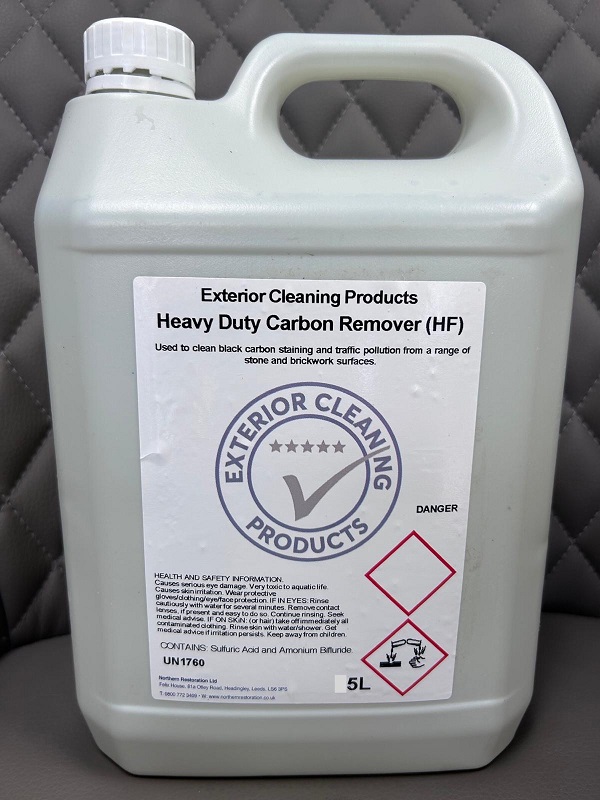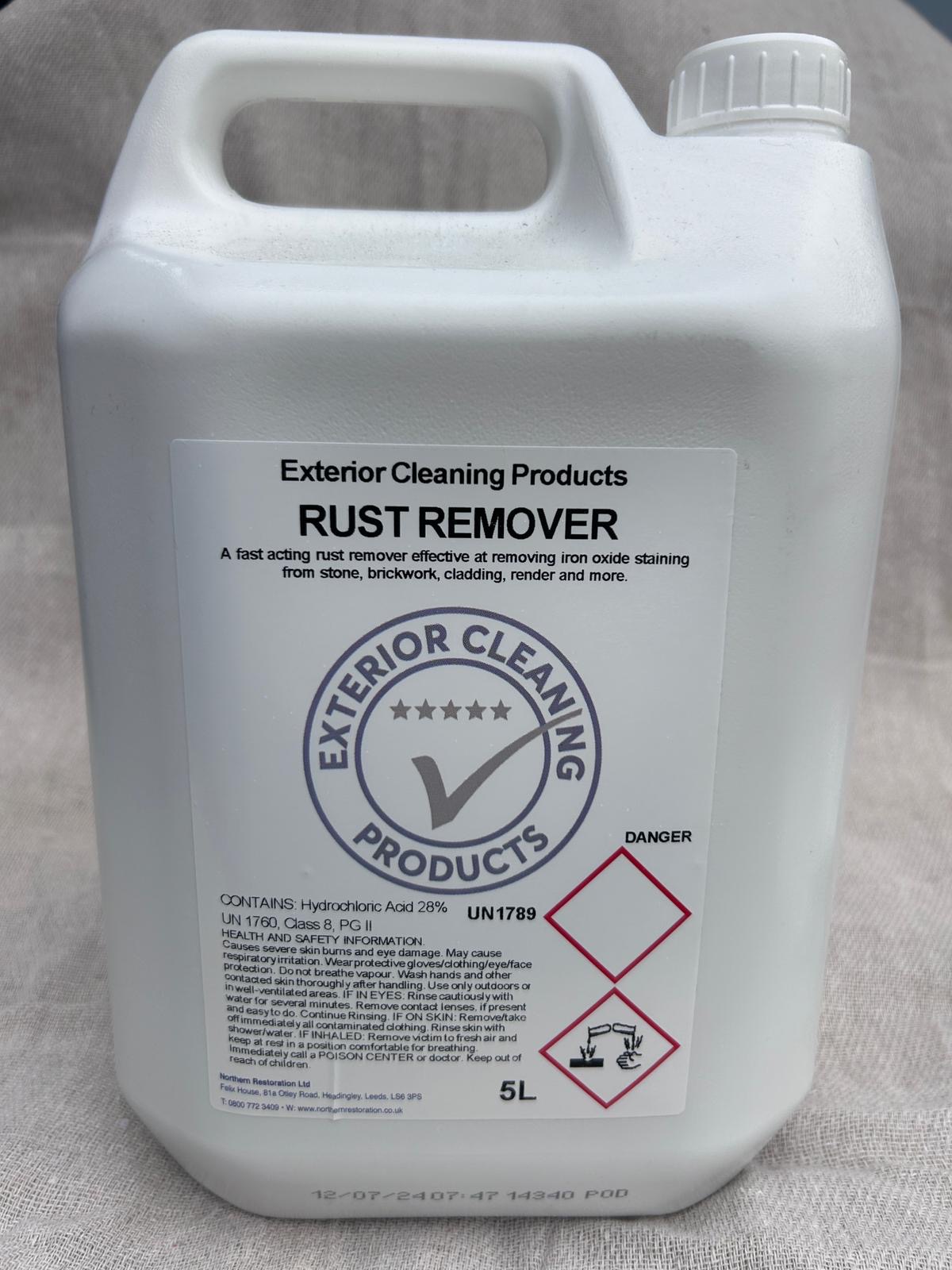Construction sites are bustling hubs of activity, where dreams turn into tangible structures. However, amidst the excitement and progress, one essential aspect often gets overlooked: cleanliness. Keeping a construction site tidy is crucial not just for aesthetics but also for safety and efficiency. In Leeds, we’ve seen an increasing demand for professional Construction Site Cleaning in Leeds services that ensure every corner is spotless.
With projects ranging from residential homes to commercial buildings, maintaining a clean environment can significantly impact productivity and worker morale. This blog will explore why cleanliness matters on construction sites in Leeds and how specialised services provided by exterior cleaning specialists can transform these spaces into safe working environments. Whether you’re managing a large project or handling minor renovations, understanding the importance of proper Exterior Cleaning can make all the difference.
Importance of Cleanliness on Construction Sites
Cleanliness on construction sites is crucial for maintaining safety and efficiency. A tidy workspace minimises the risk of accidents, such as slips and falls. When tools and materials are organised, workers can navigate the site with ease.
Moreover, a clean environment enhances productivity. Workers spend less time searching for equipment or clearing debris when everything is in its place. This streamlined approach allows projects to stay on schedule.
Additionally, cleanliness reflects professionalism. Clients and stakeholders notice a well-maintained site, which builds trust in the contractor’s capabilities. It sends a message that quality matters at every level of the project.
Beyond aesthetics, proper cleaning helps prevent potential hazards like mound or contamination from dust and debris. Keeping surfaces clear reduces health risks associated with prolonged exposure to harmful substances often found on sites.
Prioritising cleanliness creates not just a safer but also a more productive work atmosphere where everyone can thrive. Professional services like Jet Washing, Power Washing, Steam Cleaning, and pressure washing Leeds ensure even the toughest grime is removed efficiently.
Challenges Faced in Construction Site Cleaning
Cleaning a construction site comes with its own set of challenges. One major hurdle is the sheer volume of debris generated during building projects. From wood scraps to metal shavings, managing this waste efficiently requires careful planning and execution.
Weather conditions can also pose significant obstacles. Rain or strong winds may hinder cleaning efforts, making it challenging to maintain a safe and tidy environment for workers.
Another challenge lies in adhering to safety regulations. Construction sites must follow strict guidelines to ensure that the cleanliness does not compromise worker safety or public health.
Additionally, heavy machinery often occupies space on-site, complicating access for cleaning crews. Navigating around equipment while ensuring thorough cleaning can be time-consuming and labor-intensive.
Varying timelines between different stages of construction mean that cleanup needs are constantly changing, requiring flexible and responsive solutions from service providers.
The Solution: Professional Cleaning Services
When it comes to Construction Site Cleaning in Leeds, professional services stand out as the clear solution. These exterior cleaning specialists understand the specific needs of a busy worksite and come equipped with the right tools and techniques.
From debris removal to dust control, they handle every aspect efficiently. Using advanced equipment such as pressure washing, Jet Washing, Power Washing, and Wet Sandblasting in Leeds ensures that even the toughest grime is eradicated. This not only enhances safety but also promotes a healthier environment for workers.
Moreover, trained professionals are familiar with local regulations regarding waste disposal. They ensure that all materials are disposed of properly, keeping your project compliant and environmentally friendly.
Choosing a professional service saves time and energy. Teams can quickly transform cluttered spaces into clean areas ready for further development or handover to clients without any hassle.
Benefits of Hiring a Professional Company
Hiring a professional cleaning company for Construction Site Cleaning in Leeds offers numerous advantages. First, these experts have specialised knowledge and experience. They understand the unique needs of construction sites, ensuring thorough Exterior Cleaning.
Safety is another critical factor. Professionals are trained to handle hazardous materials safely. Their expertise reduces risks associated with cleanup processes.
Efficiency cannot be overlooked either. A dedicated team can complete tasks quickly without compromising quality. This allows your project to stay on schedule while maintaining high standards.
Moreover, professionals come equipped with advanced tools and equipment designed for heavy-duty cleaning tasks, such as pressure washing, Jet Washing, Steam Cleaning, and Wet Sandblasting, in Leeds. These resources lead to better results than standard methods.
Outsourcing this responsibility frees up your time and energy, enabling you to focus on other essential aspects of your project without distraction or delay.
Additional services offered by professional teams may include Building Cleaning in Leeds, Roof and Gutter Cleaning in Leeds, Graffiti Removal in Leeds, Car Park Cleaning and Restoration in Leeds, and Events & Stadium Cleaning in Leeds, covering all aspects of site hygiene and safety.
Choosing the Right Company in Leeds
Finding the proper Construction Site Cleaning in Leeds company can feel overwhelming. With numerous options available, it’s crucial to do your homework.
Start by checking online reviews and testimonials. They provide insight into the experiences of previous clients. A reputable company will likely have positive feedback highlighting their reliability and efficiency.
Next, consider their expertise in various services. Whether you need pressure washing, Jet Washing, or Graffiti Removal in Leeds, ensure they have specialised knowledge tailored to your specific needs.
Don’t forget about insurance and certifications. A professional outfit should offer liability coverage that protects you from any potential damages during the cleaning process.
Ask for a detailed quote before committing. This transparency helps avoid surprise charges later on while ensuring you get value for your investment. Take your time; choosing wisely pays off in the long run.
Conclusion
Maintaining a clean Construction Site in Leeds is essential for safety and efficiency. It not only enhances the overall appearance but also complies with health regulations, ensuring that workers can perform their tasks without unnecessary hazards. Professional exterior cleaning specialists offer expertise in managing the unique challenges associated with construction site cleaning.
By hiring experts, you benefit from advanced techniques like pressure washing, Wet Sandblasting in Leeds, and thorough debris removal. These methods ensure that every nook and cranny is addressed swiftly and effectively. Furthermore, professionals are equipped to handle Graffiti Removal in Leeds or any unexpected messes that may arise during the project.
When choosing a company for Construction Site Cleaning in Leeds, consider their reputation, experience, and range of services offered. A reliable service will cater to various needs, such as Building Cleaning in Leeds, Roof and Gutter Cleaning in Leeds, Events & Stadium Cleaning in Leeds, and Car Park Cleaning and Restoration in Leeds, while prioritising customer satisfaction.
Investing in professional cleaning services means more than just aesthetics; it promotes a safer working environment for everyone involved. You can focus on your project while leaving cleanliness to the exterior cleaning specialists who know how to deliver exceptional results tailored specifically for your requirements. Enjoy peace of mind knowing that your construction site remains safe and presentable throughout its duration.




